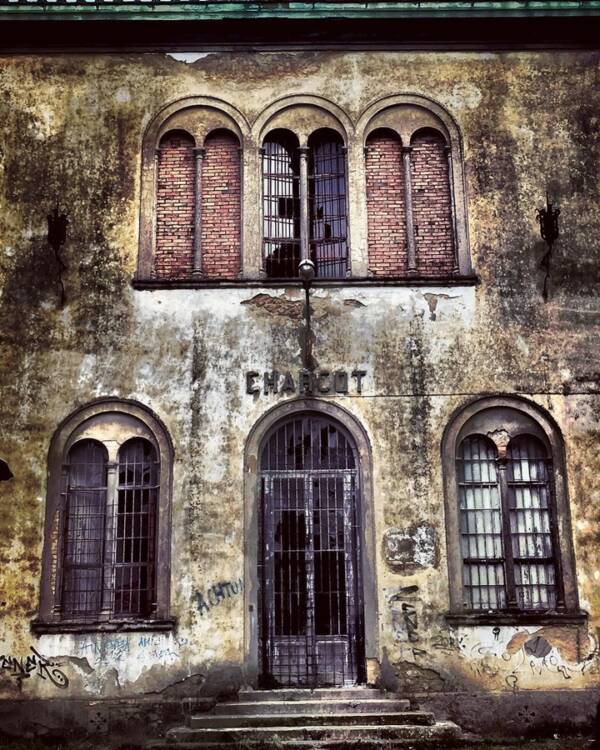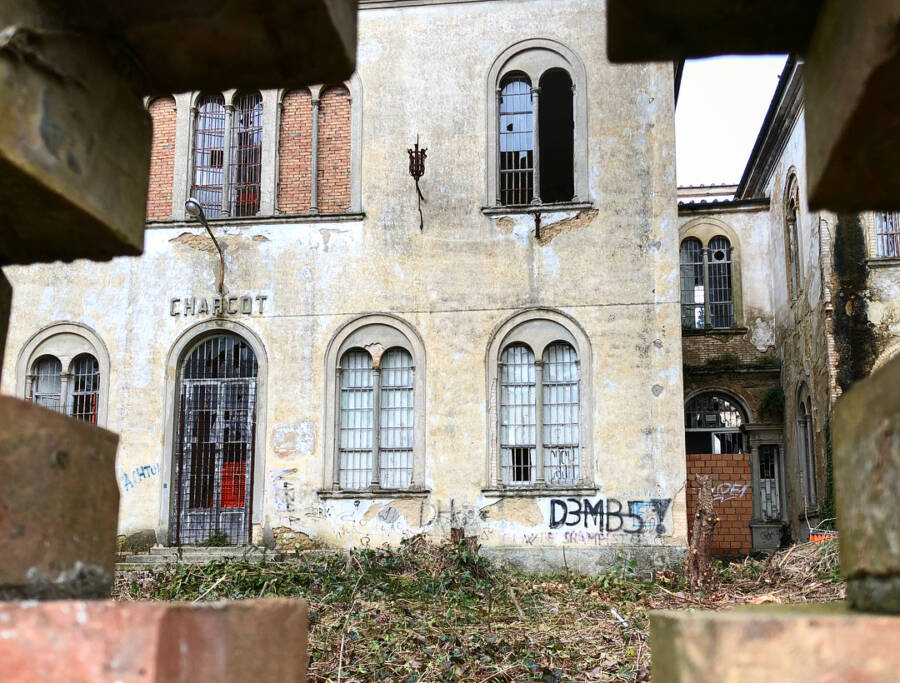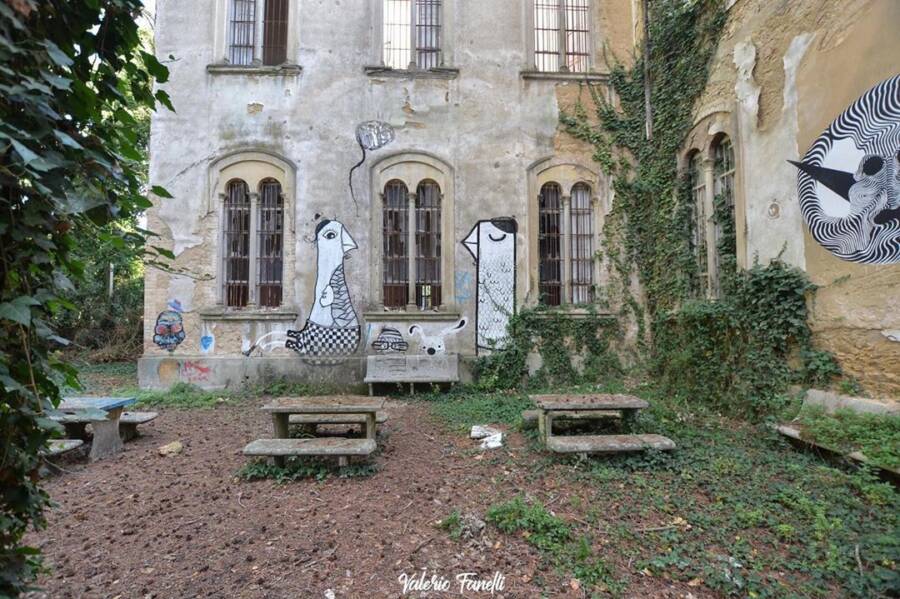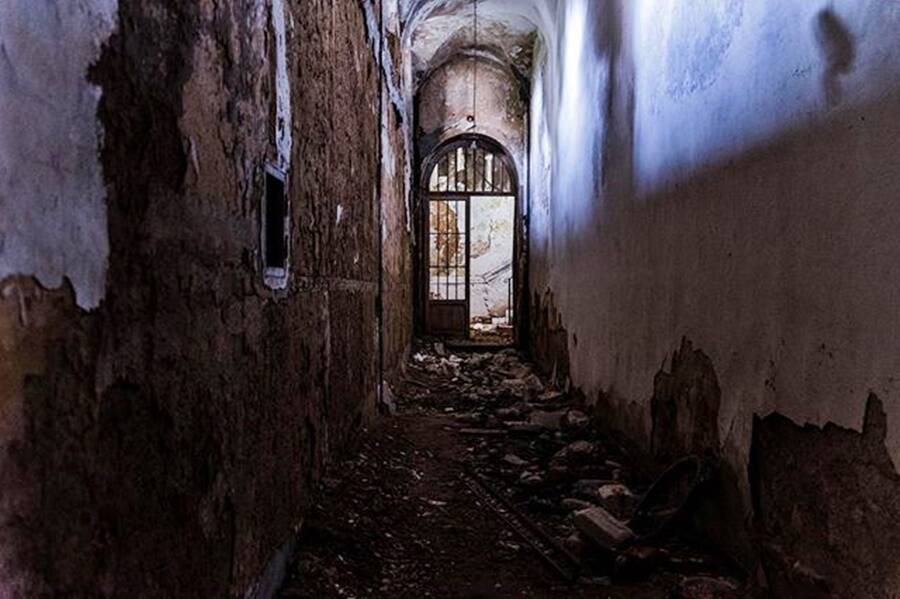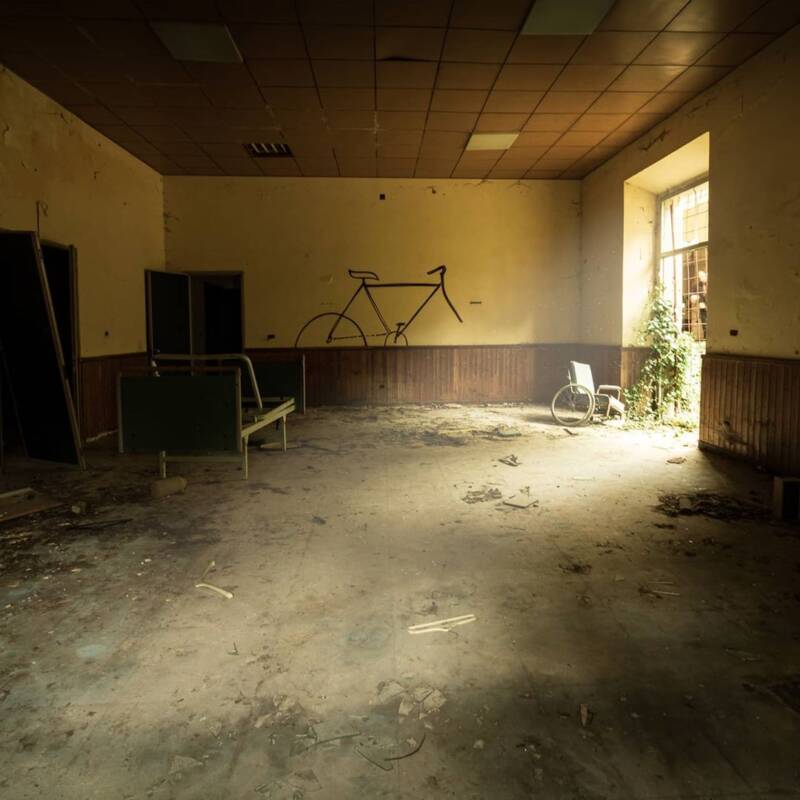Ospedale Psichiatrico di Volterra, The Abandoned Insane Asylum In Italy
Italy's Ospedale Psichiatrico di Volterra, or the Psychiatric Hospital of Volterra, is likely the country's most notorious abandoned asylum.
The Ospedale was first established in 1888 inside a poorhouse that was operated under the former convent of San Girolamo, where a section was dedicated solely to see to patients living with mental illnesses. The facility was later taken over by Dr. Luigi Scabia, who greatly expanded it and turned it into a veritable "village."
The asylum at Volterra was meant to be a sort of haven where patients could roam and do as they pleased. There were shops, a gardening company, and a judicial section, which became known as the Ferri pavilion. But the hospital's idyllic objective was sidelined after the facility became overcrowded.
By the 1960s, the Ospedale Psichiatrico di Volterra was one of the country's most populated hospitals with more than 6,000 patients. This was largely due to how easy it was to be committed to the hospital, and patients were admitted on the faintest signs of depression to accusations of moral transgressions.
The facility was run like a prison with nurses being referred to as "guards" or "supervisors." Patients were treated like inmates and often sedated or isolated. The "cures" they were given included electroshock treatments, insulin-induced comas, and ice tank submersions.
Patients at the Volterra facility suffered immensely until the hospital was abandoned in 1978 following the passage of the Basaglia Law, which mandated the closure of all mental hospitals in Italy.
Today, the ruins of the abandoned asylum still exist and bear the markings of its most famous patient, Fernando Oreste Nannetti. He was an artist who covered parts of the facility with elaborate graffiti during his stay. Among Nannetti's most famous artworks is a 590-foot piece of plastered wall which he covered in etchings that reflected his feelings, ideas, and even the abuses he witnessed at the asylum.
Nannetti stayed at Volterra for decades before he was transferred to another local facility in the 1970s. Some of his artistic yet disturbing musings can still be seen among the asylum's ruins like a silent memorial to Volterra's forgotten patients.
